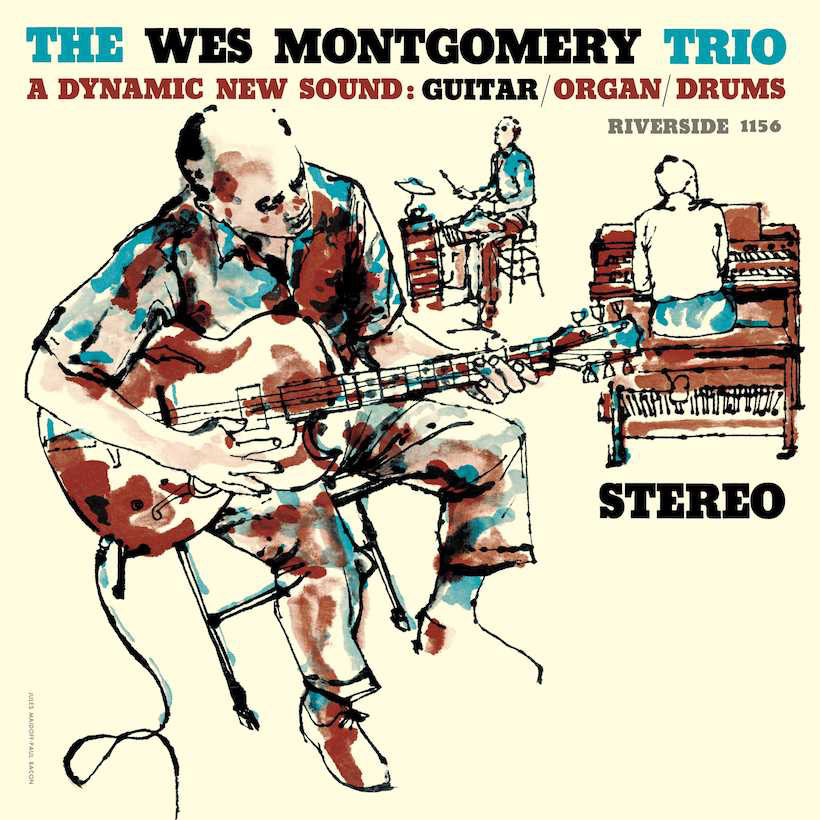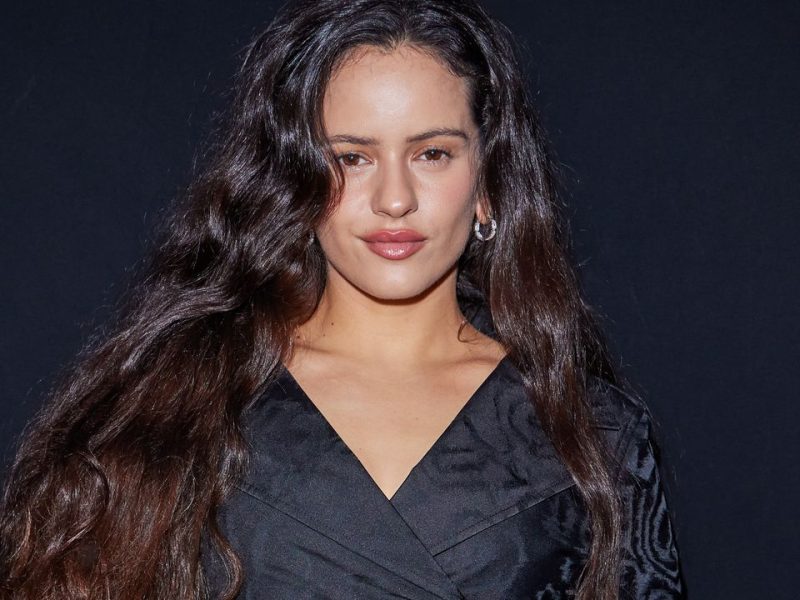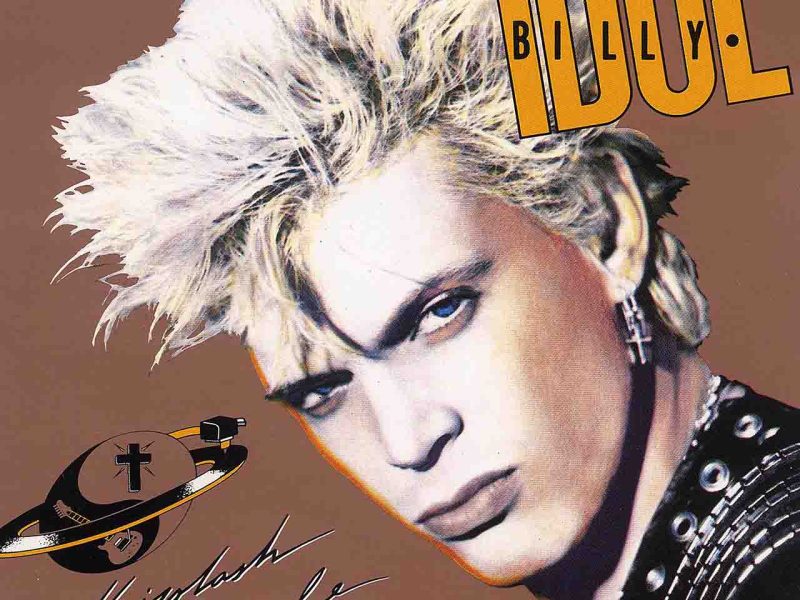In July 1948, Lionel Hampton’s Orchestra was on tour across America. Traveling with them was a young 25-year-old guitarist who was beginning to make a name for himself. The guitarist’s name was John Leslie Montgomery, who was known to everyone as Wes. (There was also another jazz musician of note in the band’s rhythm section. A bass player named Charles Mingus.) The Hampton Orchestra was heard regularly on radio at the time, on stations as far apart as Denver, Colorado; Little Rock, Arkansas; and Geneva, New York.
Listen to The Wes Montgomery Trio right now.
For the next few years, Montgomery stayed with Hampton, until the guitarist returned home to Indianapolis to support his young, growing, family. He and his two brothers, Buddy, a pianist, and Monk, who played Fender Jazz Bass, began performing together as the Montgomery Brothers. On October 1, 1959, the three brothers recorded as the Wes Montgomery Quintet for Pacific Jazz. Four days later, on October 5, Wes was at Reeves Sound Studios, New York, recording what would be his first album as a trio, along with Paul Parker on drums and Mel Rhyne on organ. Billed as The Wes Montgomery Trio, the session was released by Riverside a few months later.
While some have questioned the accompaniment of Parker and Rhyne, there is no questioning Wes’s amazing virtuosity on the guitar. Singlehandedly, he reinvented the guitar solo. On Thelonious Monk’s “Round Midnight,” the LP’s opening number, his playing is quite extraordinary; it sounds much later than a 1959 recording. Similarly, his take on Duke Ellington’s “Satin Doll” offers something altogether fresh and different, as he also does on Horace Silver’s “Ecaroh.” Other standouts include “Yesterdays” and Montgomery’s own composition, “Jingles.”
Even if you’re a fan, The Wes Montgomery Trio may have passed you by. It’s worthy of your reconsideration, for this is the fountainhead from which everything follows .
The Wes Montgomery Trio can be bought here.



